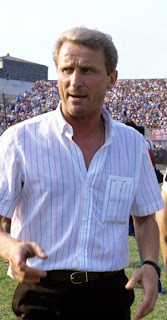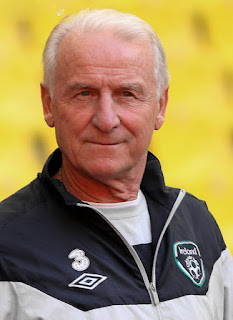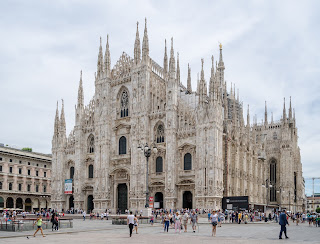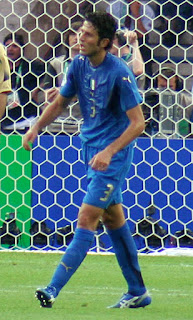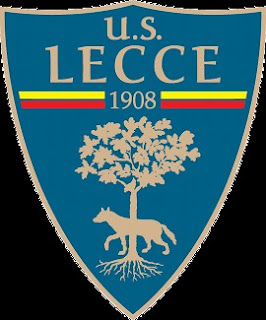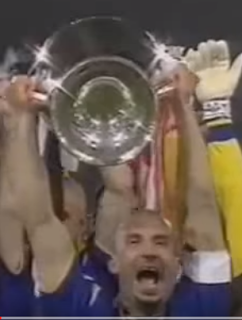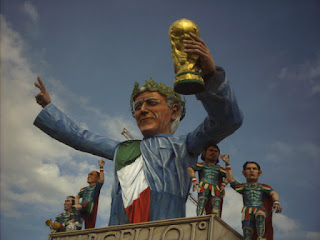Led Italy to the final of Euro 2012
 |
| Cesare Prandelli |
Under Prandelli’s guidance, the Azzurri finished runners-up
in the European Championships final of 2012 and qualified for the finals of the
World Cup in Brazil in 2014.
Despite winning a two-year extension to his contract, he
quit after Italy’s elimination at the group stage in Brazil, which he
considered was the honourable course of action after a very disappointing tournament in which the Azzurri
beat England in their opening match but then lost to Costa Rica and Uruguay.
As a player, Prandelli had been a member of a highly
successful Juventus team in the early 1980s, winning Serie A three times and
the European Cup in 1985 – albeit on a night overshadowed by tragedy at the
Heysel Stadium in Brussels.
After beginning his coaching career as youth team coach with
Atalanta in Bergamo, his last club as a player, he twice achieved promotion
from Serie B, with Hellas Verona in 1999 and Venezia in 2001.
But it was his achievements in Serie A with Fiorentina that
impressed the Italian Football Federation (FIGC).
 |
| Prandelli guided Italy to the semi-finals of the Euro 2012 tournament |
Appointed in the summer of 2005, he had immediate success,
transforming the team from relegation strugglers to finish in fourth place,
winning qualification for the Champions League, although the prize was then snatched
away from them after the investigation into the Calciopoli bribes scandal found
the Tuscan club to be heavily involved.
Prandelli himself was not party to any wrongdoing but had to
deal with the consequences as Fiorentina began the following season with a
15-point penalty. Remarkably, despite the handicap, they qualified for the UEFA
Cup by finishing sixth. Had they started level with the rest of the field they
would have been third. Prandelli was named Serie A’s Coach of the Year.
In each of the following two seasons, the viola did qualify
for the Champions League, achieving a last 16 place for the first time in their
history in the 2009-10 season, on the back of which he was approached by the
FIGC in May 2010 and appointed as Marcello Lippi’s successor in charge of the
national team.
Prandelli was head coach of the Azzurri for 56 matches,
winning 25 of them and losing 14. The high spots came in Euro 2012 in Poland
and Ukraine, when Italy qualified unbeaten from their group before beating
England in a penalty shoot-out in the quarter-finals and knocking out Germany
in the semis, when Prandelli’s protégé, Mario Balotelli, scored both goals.
They lost the final 4-0 to Spain but Prandelli’s team won
popular approval and on their return to Italy were invited to meet the
president, Giorgio Napolitano, at a reception at the Palazzo Quirinale.
 |
| Prandelli (centre) introduces striker Mario Balotelli to the Italian president, Giorgio Napolitano |
Since resigning from the Italy job, Prandelli has had
unhappy spells in Turkey with Galatasaray, where he was sacked after just 147
days in charge, and in Spain with Valencia, where he resigned after 10
matches. He is currently working in
Dubai with the Emirates Arabian Gulf League club Al-Nasr.
Off the field, Prandelli suffered the tragedy of losing his
wife Manuela to cancer in 2007, after 25 years of marriage. They had met in Orzinuovi as teenagers. They had a daughter, Carolina, and a son,
Nicolò, who worked for the Italian national team as a fitness coach in the
build-up to Euro 2012.
 |
| The Piazza Vittorio Emanuele II in Orzinuovi |
Travel tip:
Orzinuovi, a town of 12,500 people situated about 32km (20
miles) south-east of Brescia, is typical of many municipalities in Lombardy in
that it is clean, orderly and understatedly elegant. The attractive Piazza
Vittorio Emanuele II is a long, wide thoroughfare at the heart of the town lined with porticos on each
side.
 |
| The Stadio Artemio Franchi, with the Torre del Maratona away to the left, in Florence |
Travel tip:
Fiorentina’s home ground, the Stadio Artemio Franchi, is one
of Italy’s most historic football venues, constructed entirely from reinforced
concrete to a design by the celebrated architect Pier Luigi Nervi, who included
a 70-metre (230ft) tower – La Torre del Maratona – that is a landmark on the
Florence skyline. The stadium hosted matches at the 1934 and the 1990 World
Cups. It is likely to be the club’s home for only a short while longer,
however, with plans approved for a now 40,000-seater stadium as part of the redevelopment
of north-west Florence, to be completed in time for the 2021-22 season.
